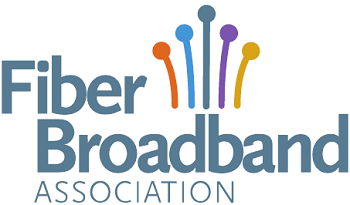New Research: Starlink Unlikely to Meet BEAD Speed Needs At Scale
In the wake of the Trump administration’s re-writing the rules around how federal funds can be spent to expand high-speed Internet access, state broadband offices are in the midst of revamping their broadband deployment grant programs to comply with a “technology-neutral” framework recently imposed on the $42.5 billion federal BEAD (Broadband Equity, Access, and Deployment) program.
Though most states hoped to maximize federal grant funding to build fiber networks, the new guidance released by NTIA in June requires states to ignore the aim of Congress enacted under the bipartisan infrastructure law.
The new NTIA rules call for states to de-prioritize fiber and give equal weight to Low Earth Orbit (LEO) satellite technologies – something many observers see as a gift to Starlink and a way for the President’s biggest campaign contributor to hoover up additional subsidies.
As states wrestle with how to re-do their scoring rubrics used to determine grant awards, today four leading broadband deployment scholars working with the X-Lab released an analysis that may help state broadband offices evaluate “the capacities and saturation limits of the Starlink satellite infrastructure.”
The overarching goal is to help states determine where – and if – Starlink can meet federal requirements for broadband, which is defined as delivering minimum connection speeds of at least 100 Megabits per second (Mbps) download and 20 Mbps upload.




